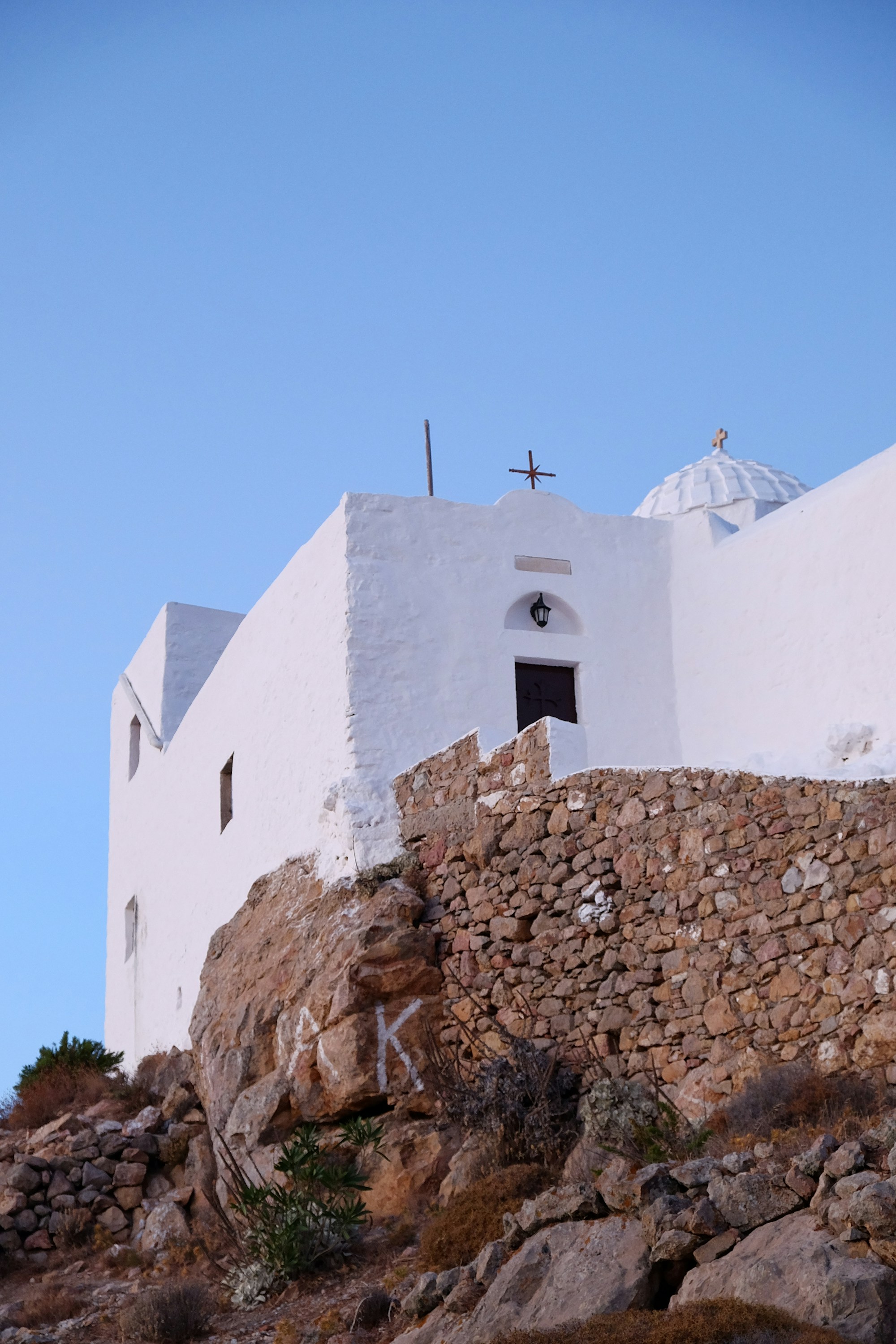Patmos: Exploring History, Customs, and Festivals
Discover Patmos: Explore its rich history, vibrant customs, and unique festivals on this stunning Greek island.

Patmos: Exploring History, Customs, and Festivals
Patmos, a small Greek island in the Aegean Sea, is known for its rich historical heritage, stunning landscapes, and vibrant cultural traditions. This travel guide will take you on a journey through Patmos' history, customs, and festivals, offering a comprehensive overview that will enrich your visit to this enchanting island.
Historical Context
The Ancient Roots
Patmos is steeped in ancient history, with evidence of human habitation dating back to the Neolithic era. The island was known to the ancient Greeks and was referred to by the Homeric name "Letois" in honor of the goddess Artemis. During this period, Patmos was a place of worship and pilgrimage.
Roman and Early Christian Influence
Under Roman rule, Patmos gained prominence due to its strategic location in the Aegean Sea. However, it was during the early Christian era that the island truly rose to prominence. The most significant historical event associated with Patmos is the exile of Saint John the Apostle in the late 1st century AD. Tradition holds that it was on Patmos that Saint John received and transcribed the visions that became the Book of Revelation.
Monastic Legacy
In the 11th century, the island's spiritual significance was further cemented by the establishment of the Monastery of Saint John the Theologian by Saint Christodoulos. This monastery became a center of learning and religious scholarship, attracting monks and scholars from across the Byzantine Empire. It continues to be a major pilgrimage site to this day.
Cultural Practices
Daily Life and Customs
Despite its small size, Patmos is a vibrant community with unique cultural practices. The local population is known for its warmth and hospitality, welcoming visitors with open arms. Traditional Greek customs such as "philoxenia" (hospitality) are deeply ingrained in the island's culture.
Cuisine
Patmos offers a culinary experience that reflects its geography and history. The island's cuisine features fresh seafood, locally grown vegetables, and Mediterranean flavors. Some must-try dishes include:
- Octopus Stifado - A rich octopus stew made with onions, tomatoes, and red wine.
- Pitaroudia - Deep-fried chickpea fritters, a popular appetizer.
- Kapamas - Stuffed goat or lamb, often prepared during festivals and special occasions.
- Patsavouropita - A sweet, flaky pastry dessert filled with nuts and honey.
Festivals and Events
Easter Celebrations
Easter is one of the most significant religious festivals in Patmos. The island's devout Christian community celebrates with a series of events, including the reenactment of Christ's Passion at the Monastery of Saint John the Theologian. The "Service of the Washing of Feet," where the abbot reenacts Christ washing the feet of his disciples, is a highlight of the Easter festivities.
Patmos International Film Festival
Held annually in July, the Patmos International Film Festival attracts filmmakers and cinephiles from around the world. The festival showcases a diverse selection of films, including feature films, documentaries, and short films. Screenings take place in outdoor venues, allowing attendees to enjoy the natural beauty of Patmos while watching films under the stars.
Panagia tou Harou
On August 23rd, Patmos celebrates the feast of the Dormition of the Virgin Mary with the "Panagia tou Harou." This religious celebration involves a solemn procession of the miraculous icon of the Virgin Mary from the Monastery of Zoodochos Pigi to the Church of Panagia tou Harou. The event is accompanied by traditional music, dancing, and feasting.
Local Anecdotes and Interesting Facts
The Cave of the Apocalypse
One of the island's most famous landmarks is the Cave of the Apocalypse, where Saint John is believed to have received his visions. The cave is a UNESCO World Heritage site and a pilgrimage destination for Christians. Inside, visitors can see the rock where Saint John is said to have laid his head, as well as a fissure in the rock believed to have been caused by the voice of God.
Traditional Boatbuilding
Patmos has a long tradition of boatbuilding, with skilled craftsmen constructing wooden fishing boats known as "kaikia." Visitors can explore the island's shipyards and watch as these beautiful vessels are constructed using traditional techniques passed down through generations.
Eclectic Art Scene
Patmos has become a haven for artists and writers seeking inspiration from its serene landscapes and rich cultural heritage. The island hosts numerous art galleries and studios where visitors can admire and purchase works by local and international artists. The creative spirit of Patmos is palpable, making it a unique destination for those interested in the arts.
